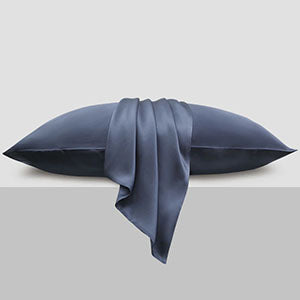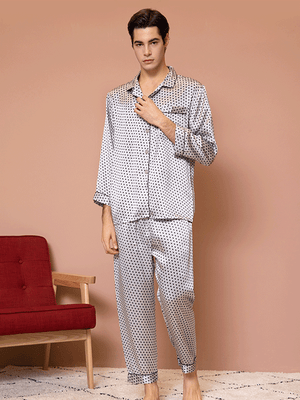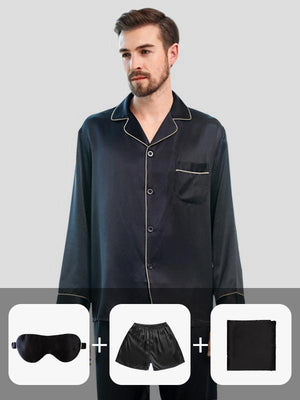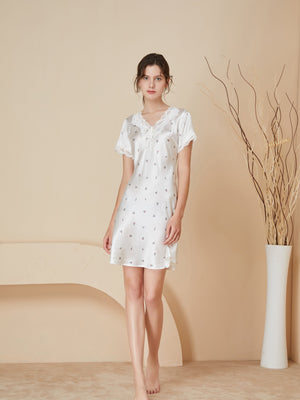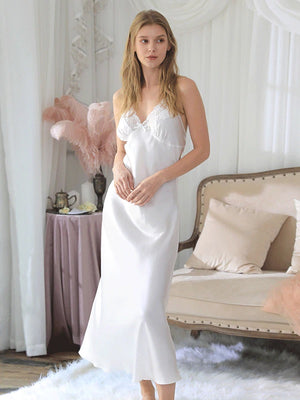Red Silk Head Scarf: A Timeless Symbol of Elegance and Cultural Heritage
- by wangfred
-

Imagine a fabric so vibrant it catches the light like a flame, draped effortlessly over flowing hair or framing a face with bold sophistication. The red silk head scarf is more than an accessory—it’s a statement, a legacy, and a bridge between eras. From ancient rituals to contemporary runways, this iconic piece has woven itself into the fabric of human expression. Let’s unravel its story.
The Historical Roots of the Red Silk Head Scarf
Long before it graced fashion magazines, the red silk head scarf held profound significance in ancient civilizations. In China, silk production dates back to 2700 BCE, and red, symbolizing luck and prosperity, became a ceremonial staple. Emperors gifted red silk garments to honor allies, while brides wore crimson veils to ward off evil spirits. Similarly, in the Mediterranean, Phoenician traders carried silk scarves dyed with rare crimson pigments, reserving them for royalty and religious rites.
By the Middle Ages, the red silk head scarf had become a marker of identity. In Eastern Europe, it signified marital status; in the Ottoman Empire, intricate patterns denoted social rank. Silk’s rarity made it a luxury, but its cultural weight ensured its survival even as trade routes expanded. The scarf’s journey mirrors humanity’s own—rooted in tradition yet adapting to the tides of change.
Cultural Symbolism Across Continents
In India, the red silk head scarf, or odhani, is integral to bridal attire, representing fertility and passion. Its shimmering folds are believed to channel divine blessings. Meanwhile, in West Africa, the gele—often crafted from silk—is styled with bold hues for festivals, with red embodying vitality and courage. Among Native American tribes, red-dyed fabrics were used in rituals to honor the earth and ancestors.
This universality reveals a shared human language: red silk transcends borders, speaking to love, power, and spirituality. Whether worn by a dancer in flamenco performances or a Sufi poet seeking enlightenment, the scarf becomes a canvas for cultural narratives.
The Red Silk Scarf in Modern Fashion
The 20th century saw the red silk head scarf reimagined by designers who blended tradition with rebellion. In the 1920s, flappers paired it with bobbed hair, defying Victorian modesty. By the 1960s, icons like Audrey Hepburn and Brigitte Bardot popularized it as a symbol of effortless chic. Today, it appears on runways styled with minimalist outfits or streetwear, proving its versatility.
What makes the red silk scarf timeless? Its ability to adapt. Designers experiment with textures—embossed, fringed, or sheer—while maintaining its bold hue. Fashion influencers layer it over trench coats, tie it as a bandana, or let it cascade over shoulders. Its allure lies in its duality: a touch of drama that never overwhelms.
Styling the Red Silk Head Scarf: Tips and Inspirations
- Classic Elegance: Fold into a triangle, drape over the head, and knot under the chin for a vintage look.
- Bohemian Edge: Pair with loose waves, letting the scarf hang loosely around the neck.
- Modern Twist: Use as a belt or handbag accent for a pop of color.
- Evening Glamour: Embellish with brooches or layer over an updo for gala-ready sophistication.
Caring for Your Red Silk Head Scarf
Silk demands gentle handling. Hand-wash in cold water with mild detergent, avoid wringing, and air-dry away from sunlight. Store folded in acid-free tissue to prevent creases. With proper care, the scarf’s luster can endure decades, becoming an heirloom piece.
As dusk settles, picture a woman standing on a bustling city street, her red silk scarf fluttering like a flag. It’s not just fabric—it’s a whisper of ancestors, a stroke of artistry, a promise of stories yet to unfold. In a world chasing trends, the red silk head scarf remains unshaken: a testament to beauty that outlives time.
